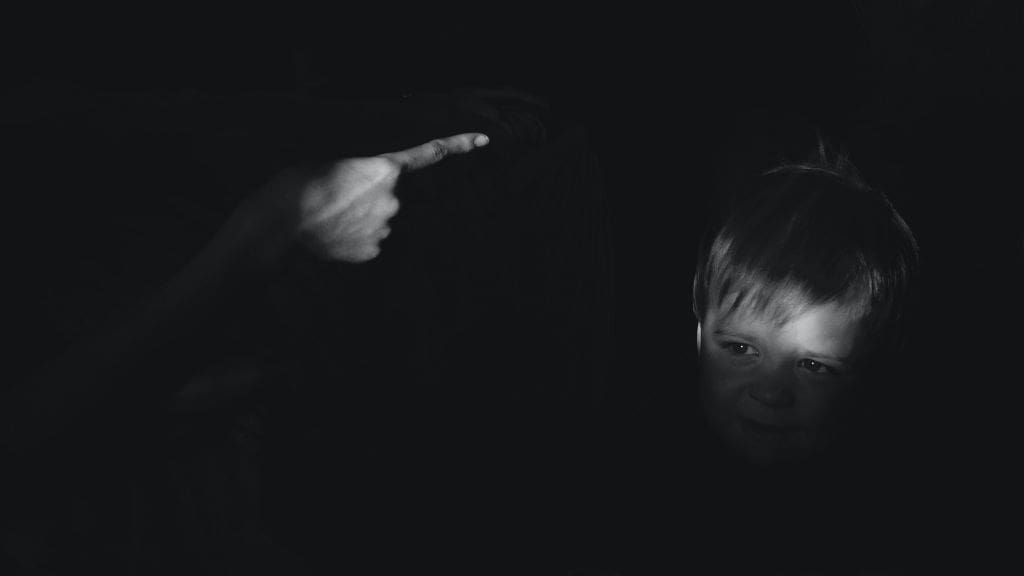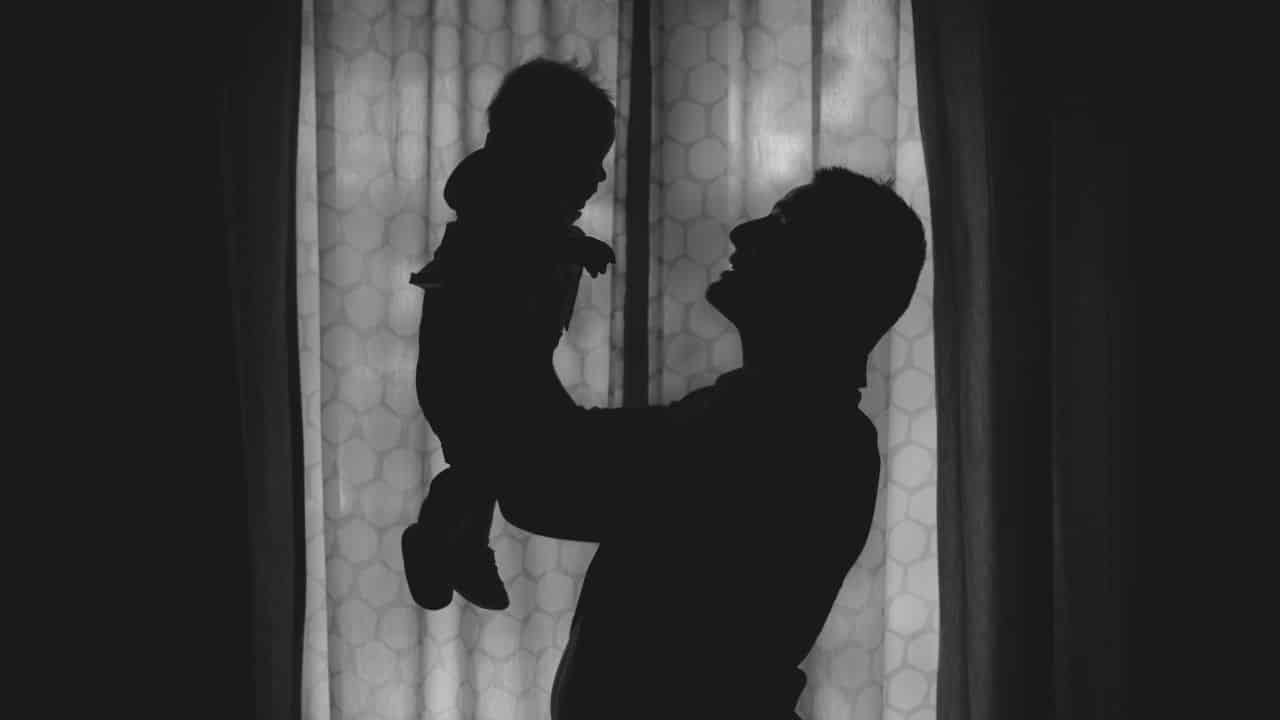We must take every matter related to the child with adequate care and utmost urgency. This ensures that all is done in the child’s best interest. A fast response is more acceptable when a child is suspected to be undergoing child abuse.
Many children in the US experience child abuse and exhibit varying symptoms and physical traumas that can be noticed if every caregiver takes enough care, whether at home or in school.
According to a Centers for Disease Control and Prevention report, at least 1 in 7 children experienced child abuse and neglect, with 1750 children dying in 2020.
This figure is also an underestimate since many cases go unreported. With this, it is clear that child abuse is a big deal and must be dealt with immediately.
As important as separating a child from the source of abuse, assisting them in attaining the highest level of justice can assist them in getting emotional respite and moving on to do greater things.
Tact is required to ensure that the case does not drag on forever, thus bringing unnecessary publicity to the child.
There is a need for an ultimate move that will give the child a “once and for all” access to justice while closing that traumatic chapter in the most triumphant way possible.
This can be made possible using legal animation.
Legal Animation
Legal animation is a form of demonstrative evidence that provides a visual aid to capture complex and critical information inside and outside the courtroom.
It is an effective tool employed by lawyers to clarify a witness description or give credence to an expert’s testimony. It is a powerful tool for showing how an event occurred due to available facts and scientific processes.
Legal animation is very effective in child abuse cases as it brings simplification and swiftness to the case at hand.
Let’s take, for example, the case of People v. Yates
The defendant, the two-week-old baby’s father, was found with the baby motionless on his lap. Little did they know that while the baby’s fussing angered him, he had shaken the baby vigorously, dropped him onto the couch, and then into an infant swing.
This wicked and uncaring act fractured two of the baby’s ribs and caused a subdural hematoma on the right side of the brain and a retinal hemorrhaging while putting the child at a high risk of death.
The physician, who was also the expert witness in the case, testified that these injuries were signs of shaken baby syndrome and depicted all these using legal animation.
Based on the testimony of the mother of the child and the expert’s simulation, the jury found him guilty of first-degree assault, reckless endangerment in the first degree, and endangering the welfare of a child.
Legal animation makes it easy to tell mere injuries apart from child abuse scars easily. All you need is a good legal animation company and a child physician who can distinguish between assault and mere accidents.

How Can You Watch Out For Signs Of Child Endangerment/Abuse?
Child abuse is any injury inflicted on a child intentionally by a caregiver or during discipline. A caregiver is usually an adult like the parents, teachers, counselors in school, or teenagers like the babysitter.
Child abuse usually involves injury, whether emotional or physical, which is visible or not immediately visible.
As a caregiver, it is essential to watch out for signs of abuse to ensure that your child is adequately protected from physical or emotional harm.
Here are some of the signs of child abuse to watch out for:
- Alarming physical injuries, including fractures
- Poor school performance
- Constant irritability or quickness to anger
- Overly pleasing or ingratiating themselves to their abuser
- A tendency to avoid their abuser
- Crying often or easily
- Anxiety or panic
- Crying out in pain when you touch certain parts or their bodies
- Frequent complaints of symptoms like stomach aches or headaches
- Constant isolation from friends and family
- Acting younger than their age ( regression)
- Expressing thoughts about causing harm to themselves
- Risk-taking behaviors
- Becoming overly dependent on certain relationships
- Exhibiting sexual knowledge or behaviors that is inappropriate for their age
- Inappropriate sexual play with other children
- Avoiding bathing, toileting, and examination by professionals that may require them to put off their clothes
- Putting on a lot of clothes to cover up scars
- Development of genital injuries or sexually transmitted infections.
A child being abused may exhibit one or more of these traits depending on their age and should be taken care of by the caregiver, whether parental or governmental.
When the abuser has been identified and the case is taken to court, it is better to encapsulate the case in a legal animation to give a good overview. It also helps stand for the child’s best interest and ensures the case does not run for too long before it’s resolved in favor of the child.
In conclusion, when physical abuse leads to severe injury in a child, legal animation is a very effective tool that can be used to illustrate the causation as well as the resulting injuries. However, it is essential to consult with an experienced legal animation company to ensure that all works well during the case.






